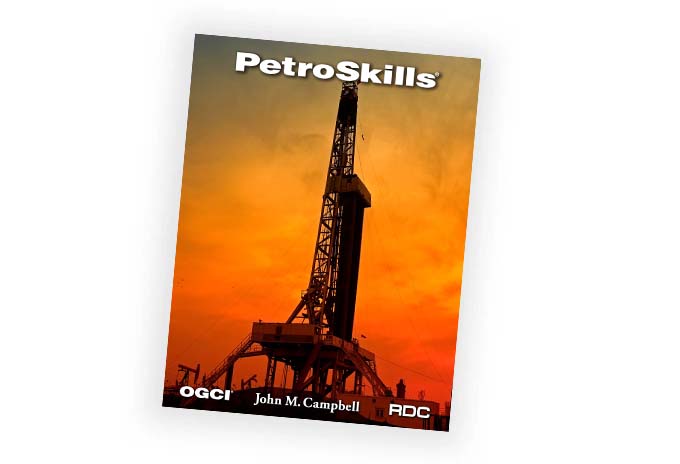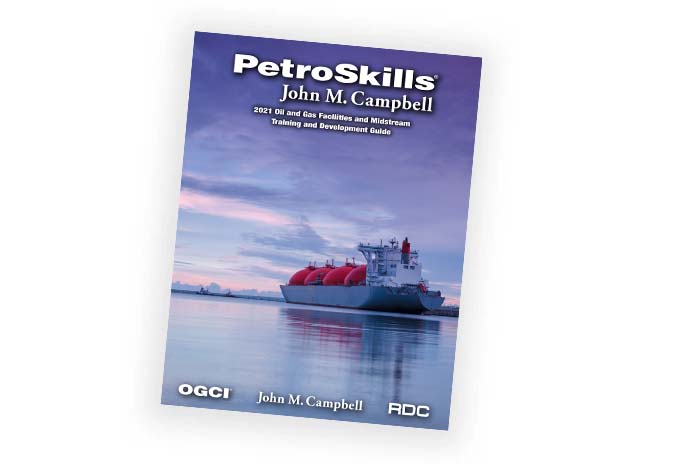Separation Equipment - Selection and Sizing - PF-42
About the Course
This course covers the different types of separation equipment typically encountered in oil and gas production facilities. Fractionation equipment and produced water treating equipment are not covered in this course. You will learn where the different types of separation equipment are used based on operating conditions and separation performance requirements. Frequent references will be made to real production facility process flow diagrams (PFDs). Typical operational problems and their solutions will also be discussed. Exercises requiring calculations are utilized throughout the course as well. Please be aware that due to overlap in content, it is not necessary to take the PF-42 course if you have already taken the PF-4 Oil Production and Processing Facilities course.
"Instructor is excellent - an expert. Material provided is excellent." - Sr. Facilities Engineer, United States
Target Audience
Process/Facilities engineers who need skills for design and troubleshooting of separators.You Will Learn
- Different types of separation equipment utilized in the oil and gas industry and where they are used
- Separation performance capabilities of the different types of equipment
- How to size the different types of separation equipment
- How to troubleshoot and debottleneck separation equipment
- How to calculate the wall thickness and estimate the weight of separators
- Instrumentation and controls used on separation equipment
Course Content
- Fluid properties and phase behavior
- Phase separation processes
- Gas-liquid separation equipment: slug catchers, conventional separators (horizontal and vertical), scrubbers, compact separators, filter separators/coalescing filters
- Separator internals: inlet devices, mist extractors, baffles, weirs, etc.
- Emulsions
- Oil-water separation equipment: conventional 3-phase separators and freewater knockouts, wash tanks
- Oil treating and desalting equipment: mainly electrostatic coalescers
- Liquid-liquid coalescing filters
- Mechanical design aspects: pressure vessel codes, wall thickness and vessel weight estimation, material selection, relief requirements
- Operational problems
Product Details
Categories:
MidstreamDisciplines:
Process FacilitiesLevels:
IntermediateProduct Type:
CourseFormats Available:
In-ClassroomAdditional
Request a Public Session
If you are interested in a public session of this course, please click the button below to request it.
Request Public SessionIn-House Training
This course is also available upon request as a private, on-site seminar. Contact us for details and pricing.
Request In-House TrainingNeed Help
Contact us if you have additional questions about how to register for or attend this course.
Contact Us



